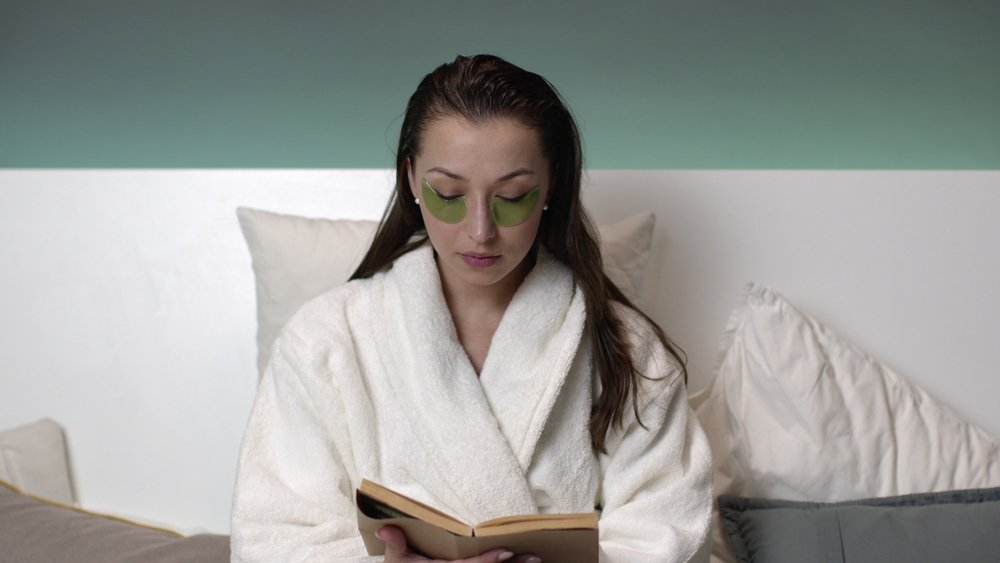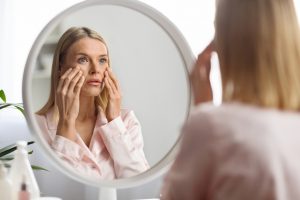Have you ever gone to bed with wet hair or rested your wet hair against the back of your headboard while reading in bed? The sleep experts at Happy Beds urge you to think twice before doing so again.
The warm, humid environment created by your wet hair against the headboard provides the perfect breeding ground for mites.
Mites aren’t the only concern lurking in the depths of your headboard. This often-overlooked bedroom fixture may also harbour bedbugs and bacteria. According to a survey conducted by the experts at Happy Beds, a staggering 53% of respondents admitted to never cleaning their headboards, suggesting that many individuals unknowingly harbor these unwelcome guests.
Think your headboard is clean? Think again! Sleep experts uncover the gross truth
1. You should never rest wet hair against your headboard, as it can make an excellent breeding ground for mites
Resting wet hair against your headboard can also provide an excellent breeding ground for mites, due to the humidity created by your wet and warm head against the surface. It’s advised that to prevent the build-up, you should avoid sitting in bed with wet hair and certainly from resting your wet hair against the back of your headboard if you like to read in bed.
You should also wash your bedding weekly to prevent the build-up of mites and other bacteria from spreading to your headboard.
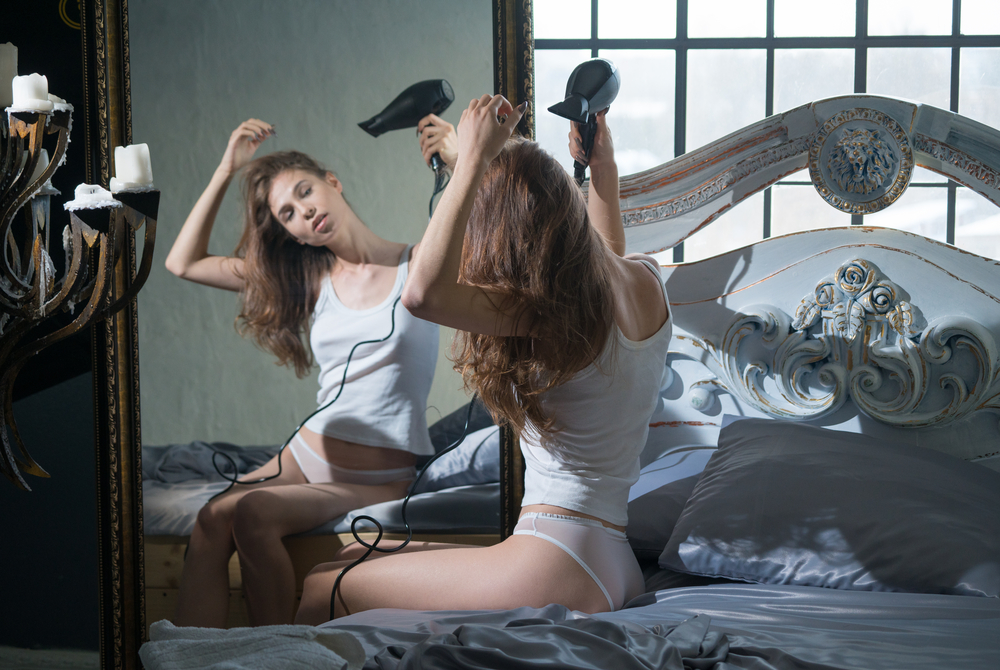
2. Don’t keep your pillow for longer than two years – they harbour millions of dust mites that transfer to your headboard
Hundreds of dust mites can live in just one gram of dust. And if you think about it, when was the last time you cleaned or even replaced your pillow? Happy Beds’ data from their bedding calculator revealed that one-third of people had their pillows for longer than two years. The longer you keep your pillow, and don’t wash it, the more dust mites can gather.
But what can dust mites do if left in your headboard – an area that isn’t typically cleaned as much as bedding? Studies have found that early-life exposure to dust mites was associated with wheezing in children up to 12 months, and asthma developing from the ages of 12-36 months old. Minor allergies to dust mites can also result in a runny nose and other symptoms that can impact the ability to sleep.
3. Don’t forget to clean the inner corners of your headboard – they’re the ideal hiding spot for bed bugs
Bed bugs are a common enemy for households the world over, hiding in areas where light doesn’t reach them. That makes the inner corners of your headboard the ideal hiding spot. You’ll not likely find them crawling around the headboard surface, so you’ll have to do some digging to find them.
Bed bugs can cause all manner of sleep disruptions, with studies finding those who experience bed bugs are at risk of disturbances in their sleep and developing anxiety symptoms. This can lead to increased cortisol levels which are the opposite of the sleep hormone, melatonin.
4. Frequently drool or sweat in your sleep? Bacteria from drool and sweat THRIVE on headboards
According to data from Happy Beds’ bedding calculator, 20% of people sweat a lot every night. On average, a person can sweat up to 1.5 gallons every day, with that increasing for those who exercise. But if you are one of those people who sweat a lot at night, the sweat will, inevitably, make its way to your headboard. This creates a perfect environment for fungi and other bacteria to thrive.
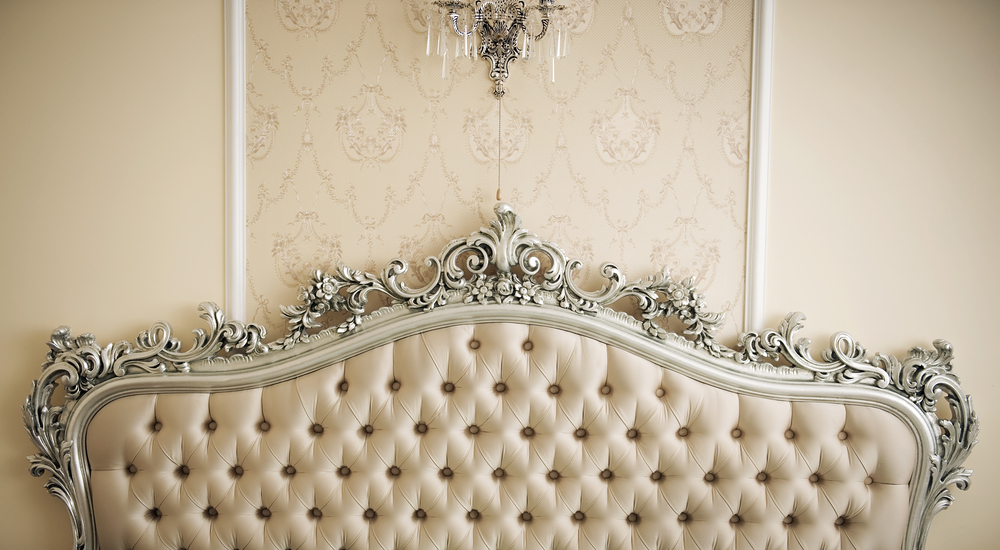
If this continues and you don’t regularly clean your headboard or bedding, you could experience skin irritation. This skin irritation can worsen over time, leading to cracking and peeling.
The same can be said if you drool during the night onto your pillow, which you later rest against your headboard when making the bed or sitting in your bed to work, read, watch TV or more. The moisture can lead to bacteria build-up as it dries and gets wet continuously each day.
Take action now: Sleep expert unveils ultimate guide to cleaning fabric headboards
Rex Isap, Sleep Expert and CEO at Happy Beds has shared his expert advice on cleaning fabric headboards to prevent them from becoming a breeding ground for mites, bedbugs and bacteria:
How to clean dust off a fabric headboard:
Cleaning dust off a fabric headboard should be a regular task within your bedroom cleaning schedule; keeping on top of this will help ensure deeper dirt doesn’t build up.
Using a brush attachment, run your hoover over the surface of your fabric headboard, ensuring you’re getting into any nooks and crannies. It would be best if you did this whenever you hoover your bedroom, as well as when you change your bedding. Hoovering your fabric headboard often means dust, bacteria and any other dirt is removed quickly.
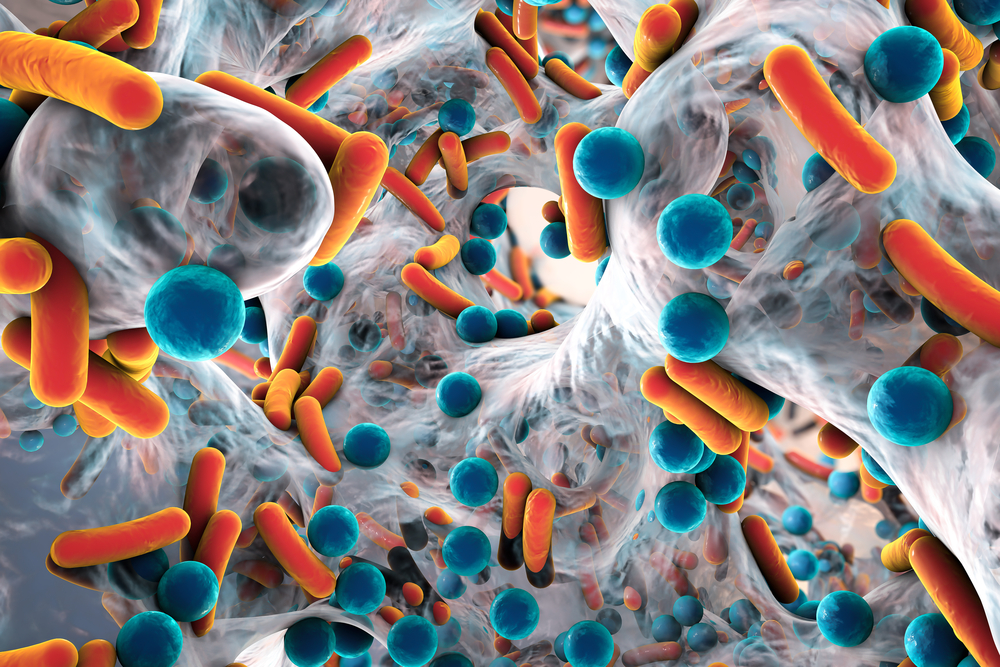
How to clean a fabric headboard stain:
If you’ve noticed a stain on your fabric headboard, tackle it with a deeper clean. Lukewarm water and mild detergent are an easy stain solution at home. Apply this solution to a cloth and gently dab or rub any stains to remove them. We’d recommend cleaning stains earlier in the day, ideally in the morning, to allow plenty of time for drying before bed. Once the stain is fully dry, vacuum your headboard to remove any leftover residue.
For more difficult-to-remove stains, you can opt for a specialist fabric cleaner. Always double-check specific instructions for any cleaners you apply to your headboard, and, as we’ve mentioned, trial your product with a spot test before you carry out the full clean.
Baking soda is also a great DIY product for cleaning fabric stains. For grease-based headboard stains, you can lightly apply dry baking soda to soak up the grease. Then, clean the stain with a detergent, baking soda mixture, or your regular fabric or upholstery cleaner.
How to clean a white fabric headboard:
Cleaning a white or cream headboard is mostly the same as cleaning any other colour – the main difference is stains can be much more apparent on a white headboard!
For light-coloured headboards, we’d recommend taking extra care and keeping on top of regular cleaning to keep darker, more visible stains at bay. Hoover your headboard regularly and wipe it down with a damp cloth to keep it looking clean and fresh. Explore specialist fabric cleaners and spot test for stubborn stains before applying them to your headboard.
How to clean a tufted fabric headboard:
A tufted headboard is a classic upholstered style finished with indentations created by the stitching. While this offers a classic, luxurious look, it does provide more areas for dirt, dust and debris to become trapped or build up.
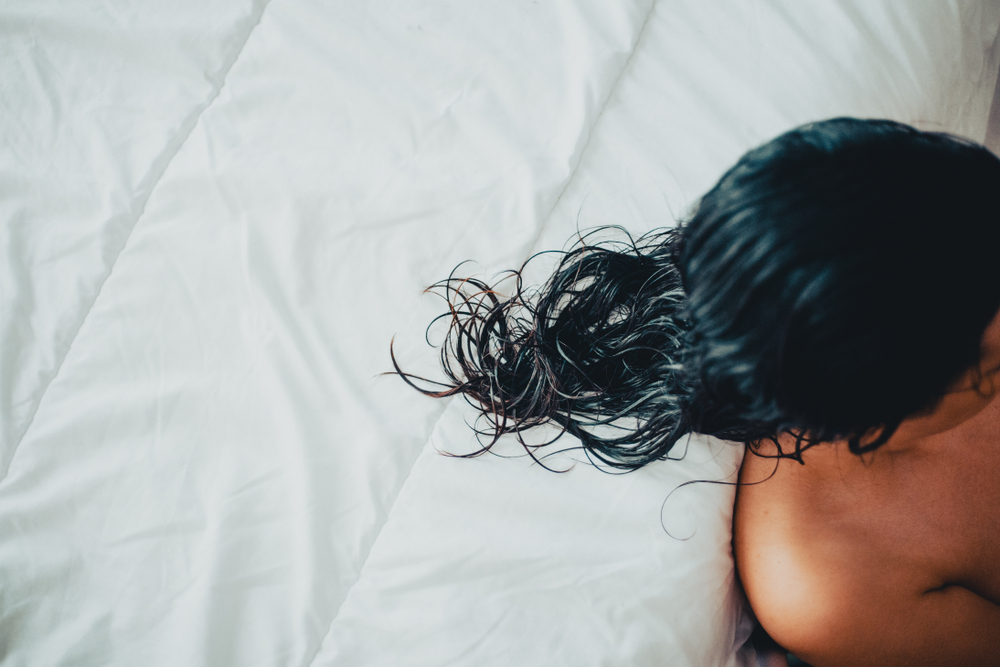
While cleaning tufted headboards doesn’t require different instructions to regular fabric headboards, you need to be thorough when hoovering and wiping them down to ensure you’ve removed all the dirt from the indentations. As dust can build up quickly in tufted headboards, more regular vacuuming may be required to keep them looking their best.
How to clean a velvet or suede headboard:
If your fabric headboard is upholstered in velvet or suede, you’ll need extra care when cleaning it. These fabrics – suede in particular – are susceptible to water. Cleaning your suede or velvet bed and headboard with too much liquid can lead to dirty watermarks, which may be more evident than the initial stain.
Soak up as much liquid as possible with a dry cloth for wet stains or spills on a velvet or suede headboard. Then, you can use your regular cleaning solution, but blot gently rather than scrub the fabric. You can also find specialist velvet or suede cleaners to treat these fabrics.

